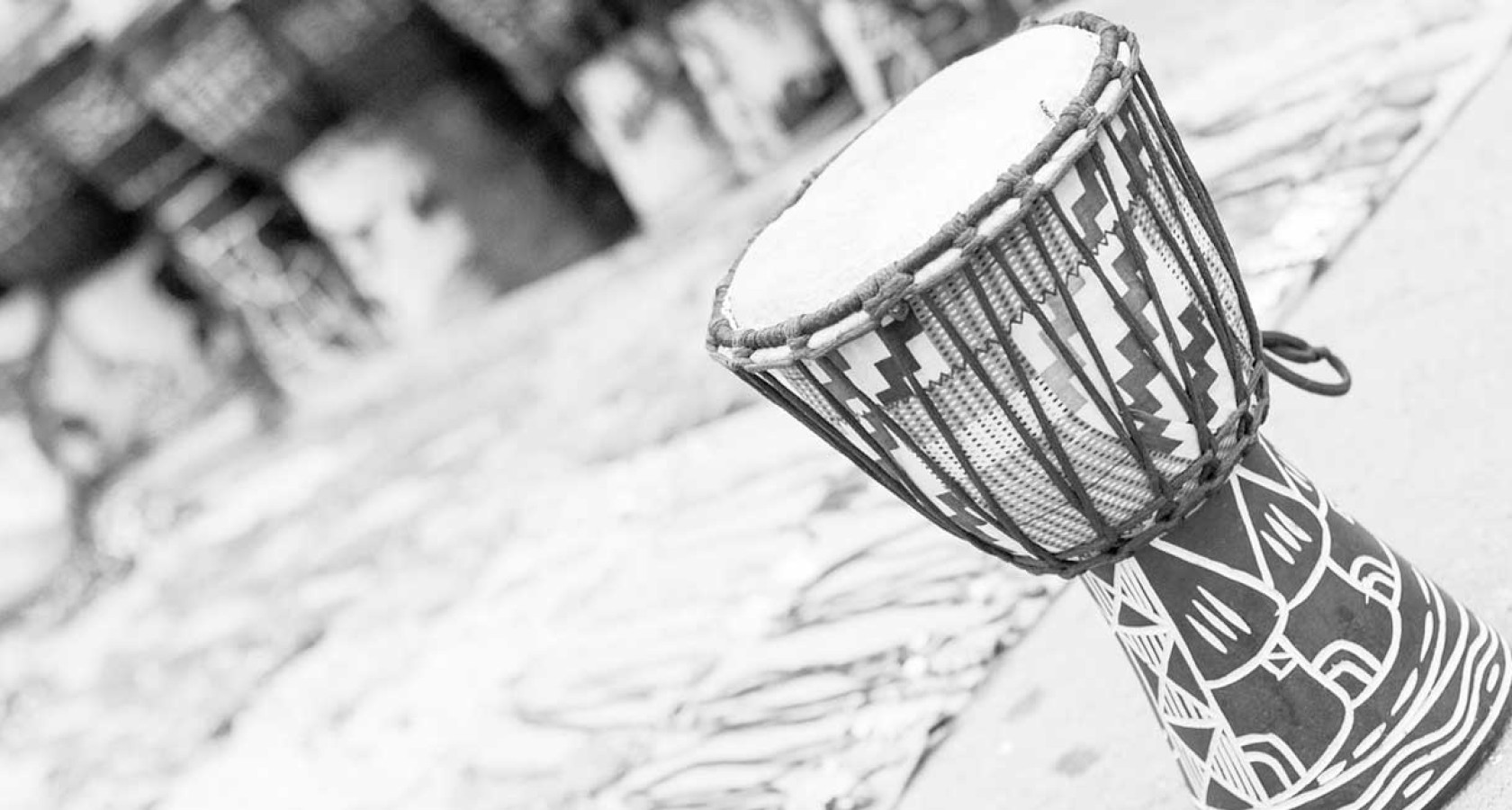How a flamboyant airline fell to earth
“With total liabilities of more than $2 billion (Rs.11,100 crore), Kingfisher is operating on a skeleton schedule, with its flying fleet cut to one-fourth, half its pilots gone and the lowest market share of any airline in India. Earlier this month, the airline reported its net loss had widened to Rs.650.78 crore for the quarter ended 30 June from a Rs.263.53 crore net loss a year earlier.
A majority of the remaining staff has not been paid salaries since February and earlier this month, a number of employees, including engineers and pilots, reported sick to protest against the delays.”
www.livemint.com (Aug 23, 2012)
A few years ago I tried out India’s Kingfisher airline. The experience started from the airport parking lot, where a brightly uniformed airline porter took charge of our bags for no charge, and accompanied us all the way to the aircraft. The check-in desks were manned by vivacious, ever-smiling employees. And on the plane itself, the cabin crew looked like nothing short of professional models.
Passengers were welcomed by a video of the airline’s famous tycoon owner and chairman, Vijay Mallya – an exuberant magnate with interests in everything from India’s best-selling beer to a leading Indian Premier League cricket team. Mr Mallya would smoothly tell passengers that each member of the cabin crew had been “hand-picked” by him (ahem) and had been instructed to treat each passenger “as a guest in (Mr Mallya’s) own home.”
For a while, Kingfisher could do no wrong. It was setting new standards in style and service, and passengers loved it. A cabin crew member told Mint newspaper: “We were taught to conduct ourselves well in front of the guests and give them the best possible service that many other airlines don’t encourage. For them they are just passengers, for us they were guests.”
Now fast forward to the present, and read the boxed excerpt. The mighty have come crashing down. Kingfisher can no longer pay its way. It has liabilities running into billions of dollars. Its market share has collapsed. It can’t even clear a growing backlog of salary dues.
What happened? Airlines are, of course, a notoriously difficult business, mostly veering from bumper profits to crushing losses every few years. Many a big businessman has come unstuck after fulfilling the boyhood dream of owning a fleet of planes.
In this case, I fear, the problem is more with Mr Mallya himself. From the beginning, this had the hallmarks of a vanity project. Staff were given outstanding packages, including layovers in nothing less than five-star hotels and voice and elocution training. Passengers were given all manner of unexpected freebies. Mr Mallya immersed himself in the brand much like Richard Branson, being photographed often with leggy stewardesses and flaunting his airline’s supposed superiority at every opportunity.
The Indian air market, please note, is highly competitive. There are at least half a dozen very credible local rivals, all offering a certain standard and competing on price, frequency and service levels. Kingfisher was carrying unsustainable costs, and by 2010 the first cracks began to appear. Today, without a fresh cash injection of as much as US$ 1 billion, it may not make it past 2013.
There are wider lessons here. Costs must be covered by revenues, and unnecessary frills that cannot be matched by commensurately higher prices are just suicidal. If you’re going to build a brand based on excess, pick a luxury industry where that strategy pays off in higher margins. In air travel, most passengers just want to get from A to B, quickly, painlessly and on time. That is where most management effort must be expended, not on showmanship.
Mature businesses must move beyond personality cults and personal whims. Flamboyance, you see, is not a business model, and vanity is not a business strategy.

Buy Sunny Bindra's book
UP & AHEAD
here »















